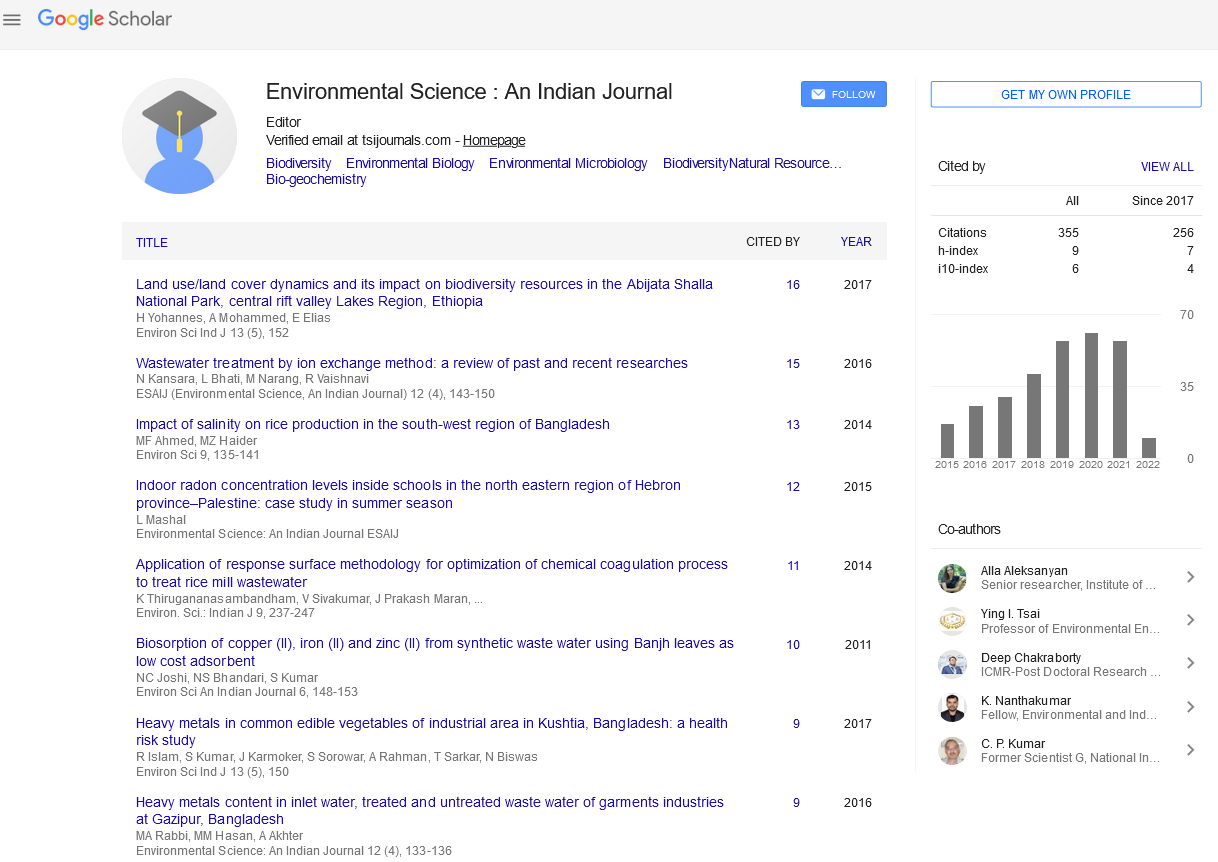Short communication
, Volume: 17( 7)Potency of tea plantation for carbon sequestration besides as a cash crop in wet tropical region
Yulnafatmawita
Universitas Andalas, Padang, INDONESIA
Abstract
Statement of the Problem: Use of fossil energy in human activities has increased CO2 concentration in earth atmosphere causing global warming. An alternative way to counter the increasing amount of CO2 in atmosphere is by improving area of green landscape, such as tea plantation. Tea is mainly planted as a cash crop, but it can reduce CO2 atmosphere and increase C sequestration in soil. Since tea can stand >25 years old, it can consume high amount of CO2 atmosphere during photosynthesis process. Then, the litters (leaves and small branches) produced either which fall naturally or after being trimmed, will contribute OC to soil. Since the soil is not cultivated during the entire life of tea, the OC will be accumulated by time, even in sloping area.
Statement of the Problem: Use of fossil energy in human activities has increased CO2 concentration in earth atmosphere causing global warming. An alternative way to counter the increasing amount of CO2 in atmosphere is by improving area of green landscape, such as tea plantation. Tea is mainly planted as a cash crop, but it can reduce CO2 atmosphere and increase C sequestration in soil. Since tea can stand >25 years old, it can consume high amount of CO2 atmosphere during photosynthesis process. Then, the litters (leaves and small branches) produced either which fall naturally or after being trimmed, will contribute OC to soil. Since the soil is not cultivated during the entire life of tea, the OC will be accumulated by time, even in sloping area. Methodology & Theoretical Orientation: This research was conducted using survey method, on which soil samples were taken at 15-25% slope level under 3 different age (9, 21, and 36 years old) of tea plantation (purposive sampling) in a wet tropical area (>3,000 mm annual rainfall) Solok Regency, Indonesia. The area is located on the slope of mount Talang (1200-1400 m asl). Soil was sampled from 0-30 cm soil depth. Soil OC and BD were analysed, and then calculated the OC sequestered in each soil depth by using formula suggested by Yulnafatmawita and Yasin (2018). As a comparison, soil samples were also taken from secondary forest nearby. Findings: Organic carbon sequestered under tea plantation increased by increasing crop age from 9 to 21, and to 36 years old. The amount of OC sequestration under tea plantation was much higher than that under secondary forest. Conclusion & Significance: Tea plantation in sloping area under wet tropical region can sequester much higher (1.95- 3.16 times) OC in the soil than that under secondary forest nearby.
